フィルター:
レベル:
ソース:
トピック:
その日の最新ニュースは、24 時間継続的に更新されます。 CNN、BBC、VOA、Inside Science などの公式ニュース ソースから...

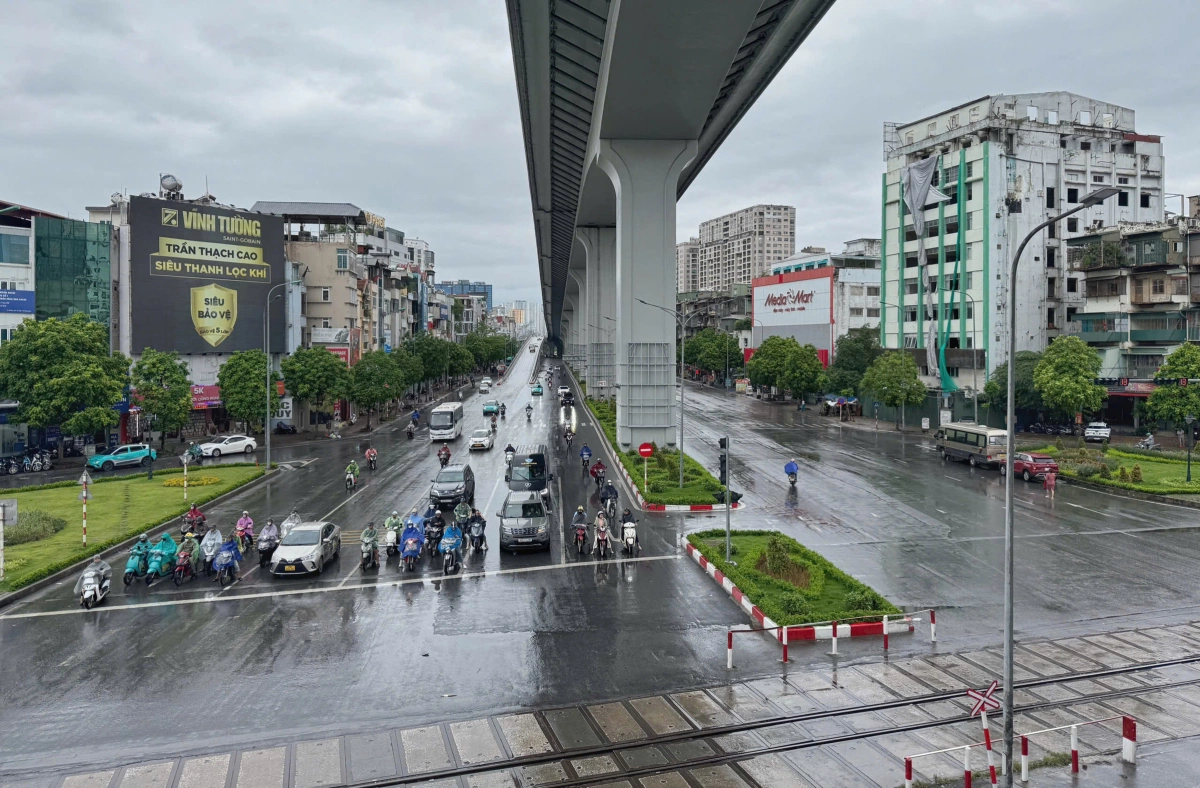 1 分
1 分 Storm Wipha empties Hanoi streets as it hits northern Vietnam
Hanoi's normally bustling streets turned eerily quiet Tuesday morning as Storm Wipha swept through northern Vietnam. Roads such as Truong Chinh, Nguyen Trai, and major intersections like Nga Tu So–Lang were largely empty, with only scattered tourists and residents braving the drizzle. Markets like Thinh Quang operated with minimal vendors, many lowering prices as business slowed, while companies encouraged employees to work from home.
Wipha made landfall between Hung Yen and Ninh Binh at around 10 a.m., bringing winds up to 88 kph and moving west‑southwest at 10–15 kph. Hanoi authorities issued urgent directives to limit movement, inspect vulnerable homes, and evacuate at‑risk areas. Around iconic sites such as the Opera House, Trang Tien Street, and Hoan Kiem Lake, foot and vehicle traffic remained sparse despite brief breaks in the rain.
Rainfall measured 20–40 mm from Monday morning to Tuesday morning, with forecasts of continued heavy rain through Wednesday, possibly exceeding 100 mm in some districts. Officials warned of potential flooding, uprooted trees, and traffic disruptions as the capital braces for the storm's lingering effects.
ソース: TODAII [ 209] 2025-07-24 07:31:12
209] 2025-07-24 07:31:12
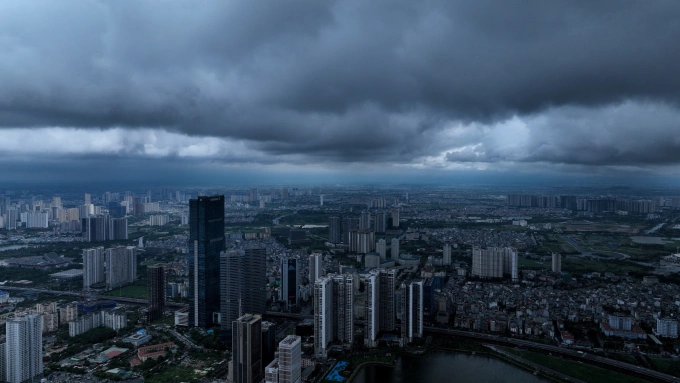 1 分
1 分 Storm Wipha unleashes heavy rains, flooding after making landfall in northern Vietnam
Storm Wipha made landfall on Vietnam's northern coast Tuesday morning, unleashing winds of 64–102 kph with gusts up to 138 kph and causing heavy rain and flooding across several provinces. Thanh Hoa City saw streets submerged under 80 cm of water and tin roofs torn off homes, while Ninh Binh's coastal areas, including the Ruined Church site, were hit by 4–5 meter waves breaching barriers and flooding restaurants. Hai Phong's Do Son Beach also faced rising seas and strong waves, prompting authorities to close coastal routes and set up checkpoints.
Though Hanoi was not directly struck, the city prepared for late‑day thunderstorms as Wipha's cloud bands approached. Light rain and reduced traffic marked the morning, with many businesses opting for remote work. By mid‑afternoon, officials warned of potential severe weather, including strong gusts, lightning, and even tornadoes.
ソース: TODAII [ 121] 2025-07-24 07:31:05
121] 2025-07-24 07:31:05
 1 分
1 分 Storm Wipha empties Hanoi streets as it hits northern Vietnam
ソース: TODAII2025-07-24 07:31:12
 1 分
1 分 Storm Wipha unleashes heavy rains, flooding after making landfall in northern Vietnam
ソース: TODAII2025-07-24 07:31:05
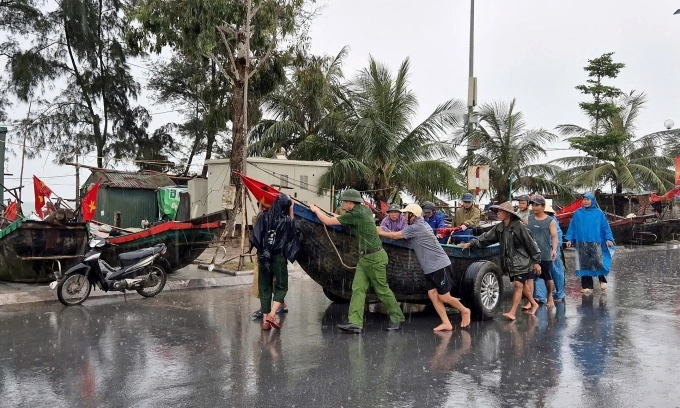 1 分
1 分 Storm Wipha to bring downpours, possible flooding to northern, central Vietnam
ソース: TODAII2025-07-22 07:32:21
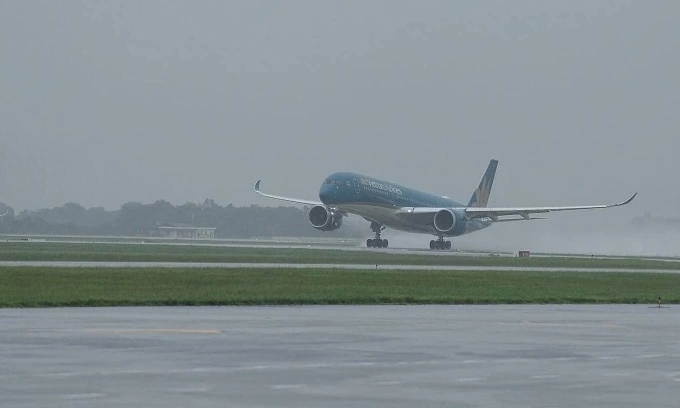 1 分
1 分 Storm Wipha forces widespread flight cancellations in northern Vietnam
ソース: TODAII2025-07-22 07:31:10
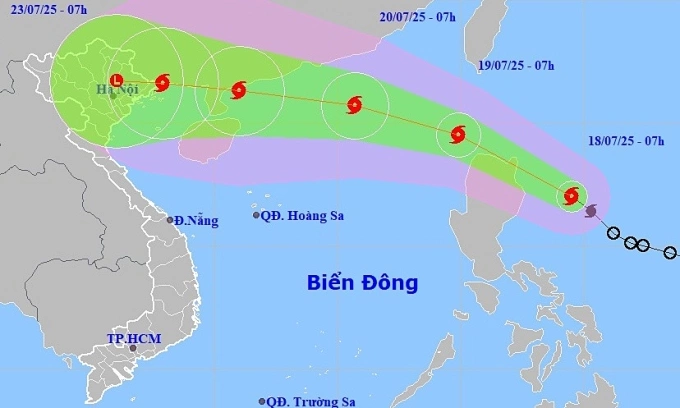 1 分
1 分 Storm Wipha to hit South China Sea, strengthen near northern Vietnam
ソース: TODAII2025-07-19 19:32:30
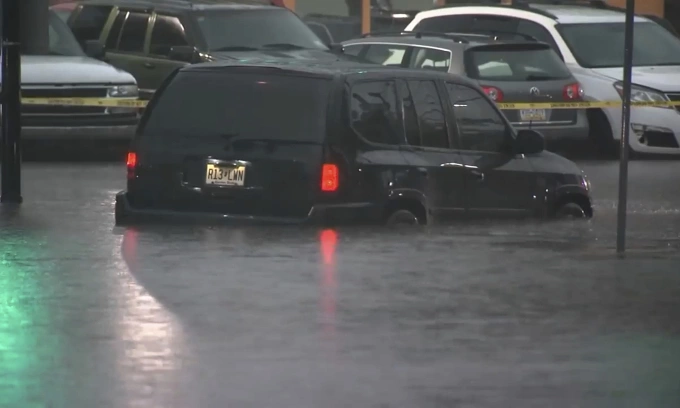 1 分
1 分 Heavy rains and flash flooding sweep New York
ソース: TODAII2025-07-17 07:31:04
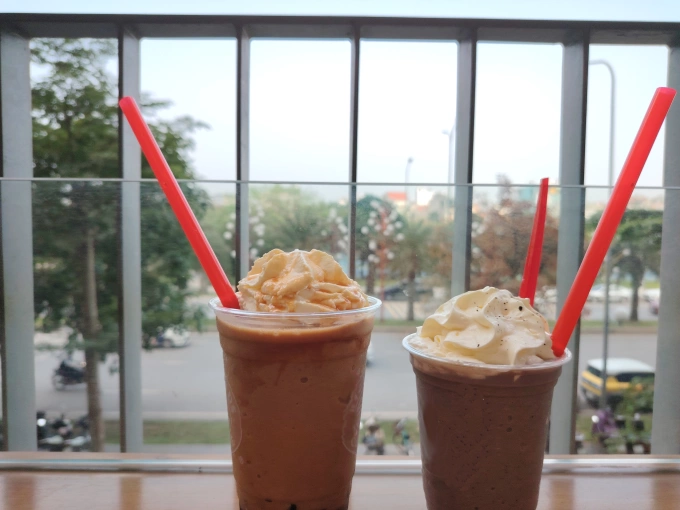 1 分
1 分 Hanoi to ban single-use plastics at downtown restaurants, cafes starting October
ソース: TODAII2025-07-15 10:59:36
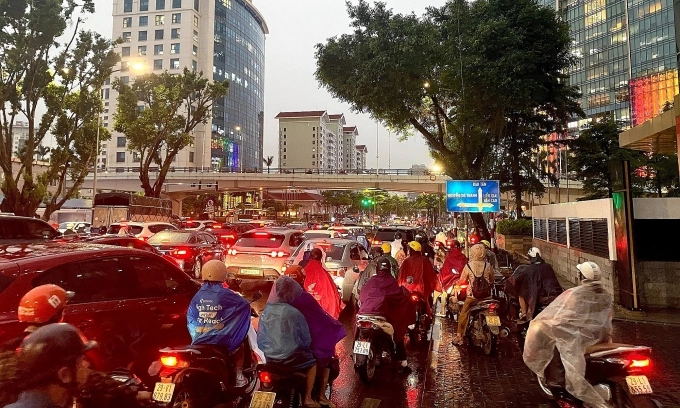 1 分
1 分 Heavy rain to persist for 4 days in northern Vietnam, raising flood risk
ソース: TODAII2025-07-11 19:31:04
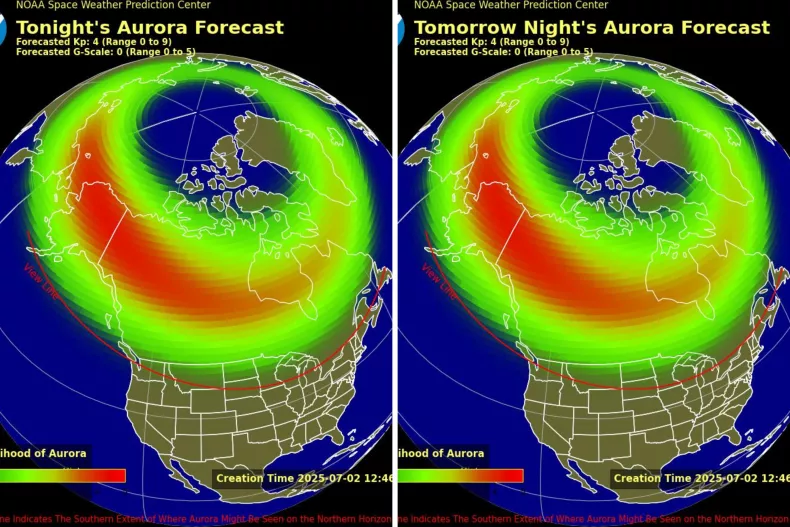 1 分
1 分 Map Reveals Where Aurora May Appear Over US Tonight
ソース: NW2025-07-07 07:31:07
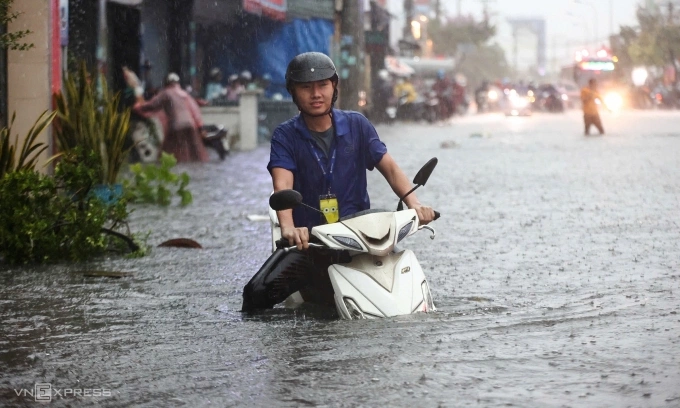 1 分
1 分 Ho Chi Minh City forecast to have over 20 rainy days in July
ソース: TODAII2025-07-06 19:30:54
 1 分
1 分 Life under 40-degree heat wave in Europe
ソース: TODAII2025-07-06 07:30:56
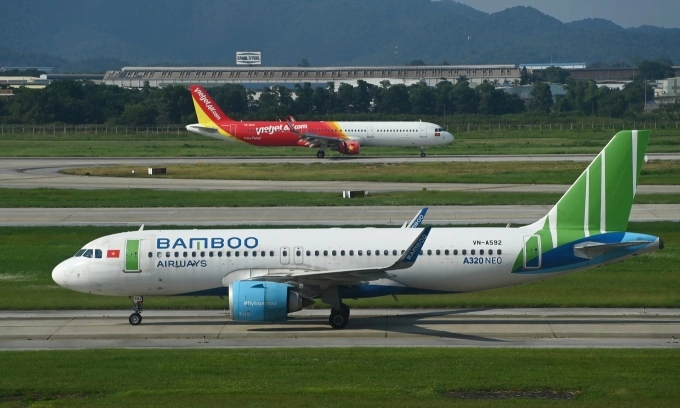 1 分
1 分 Vietnam to join international carbon offsetting scheme for aviation
ソース: TODAII2025-07-06 07:30:50
 1 分
1 分 Russian MMA fighter slammed for making endangered orangutan vape
ソース: TODAII2025-07-05 07:31:08
 2 分
2 分 Vietnam could experience temperatures exceeding 40 C for 50 days annually by 2050
ソース: TODAII2025-07-05 07:30:56
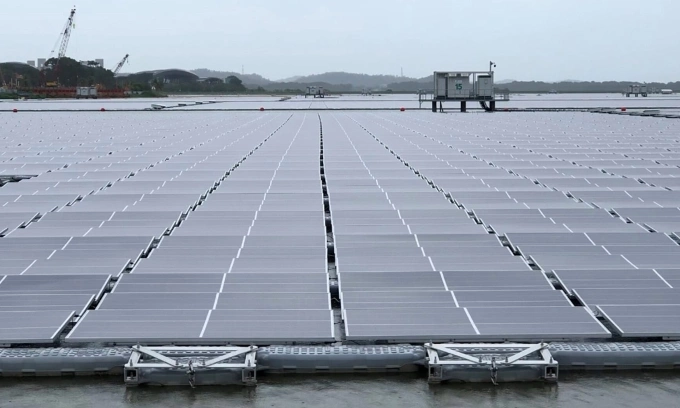 1 分
1 分 Singapore hits record high in renewable energy consumption
ソース: TODAII2025-07-03 07:30:54
 1 分
1 分 Passengers keep sneaking snakes onto planes from Thailand
ソース: TODAII2025-07-01 19:31:05
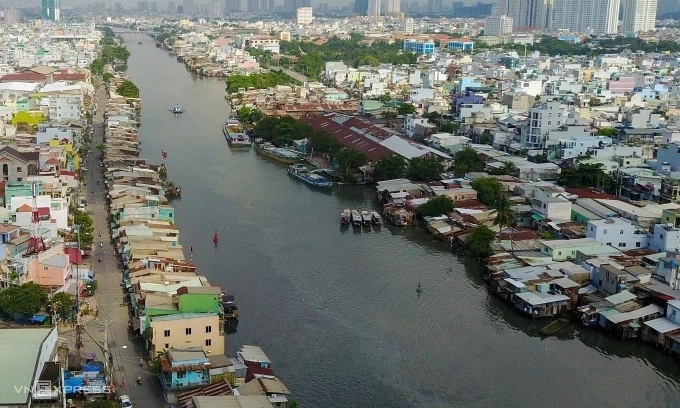 1 分
1 分 Ho Chi Minh City to clear slums along canals in District 8, relocate 15,000 families
ソース: TODAII2025-07-01 07:30:56
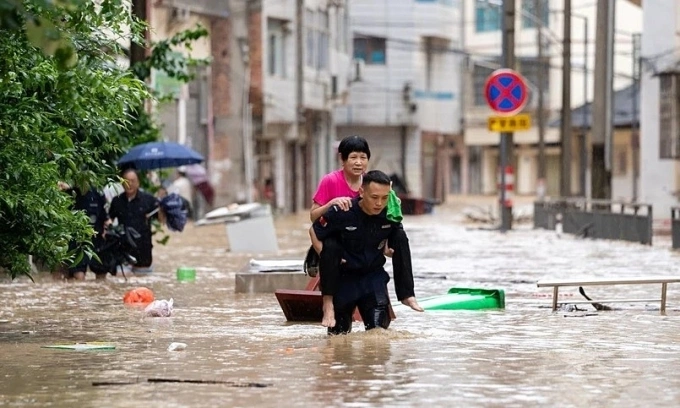 1 分
1 分 Over 80,000 people flee severe flooding in southwest China
ソース: TODAII2025-06-27 19:31:02
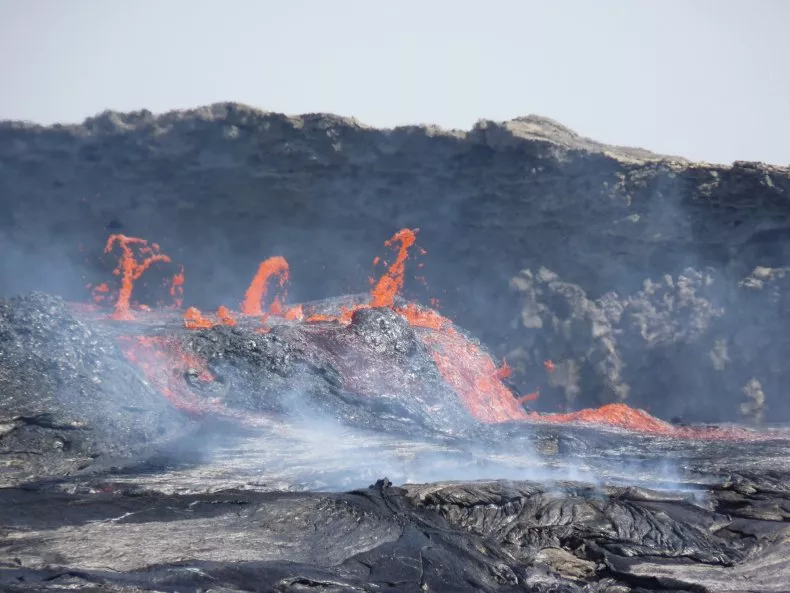 1 分
1 分 Magma 'Heartbeat' Is Tearing Continent Apart, Geologists Discover
ソース: NW2025-06-26 19:31:01
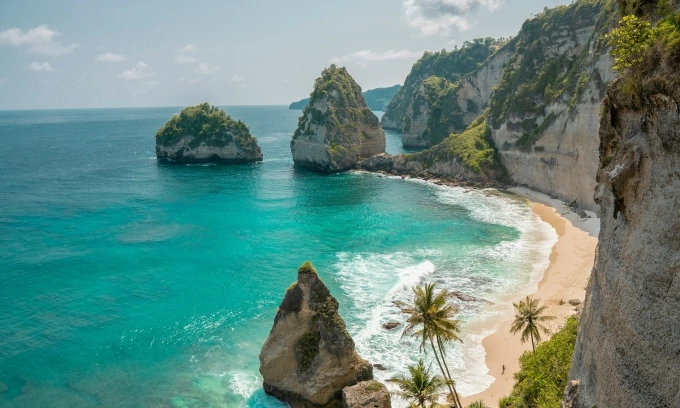 1 分
1 分 Bali pledges to go plastic-free by 2027 in island-wide green push
ソース: TODAII2025-06-18 19:30:52
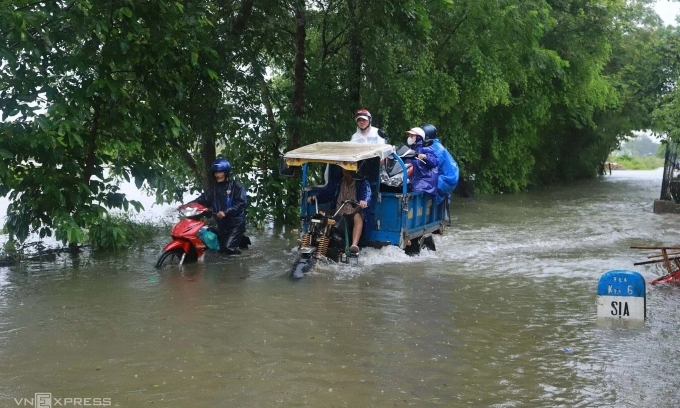 1 分
1 分 Floods triggered by Typhoon Wutip leave 9 dead, 2 missing in central Vietnam
ソース: TODAII2025-06-16 19:31:08
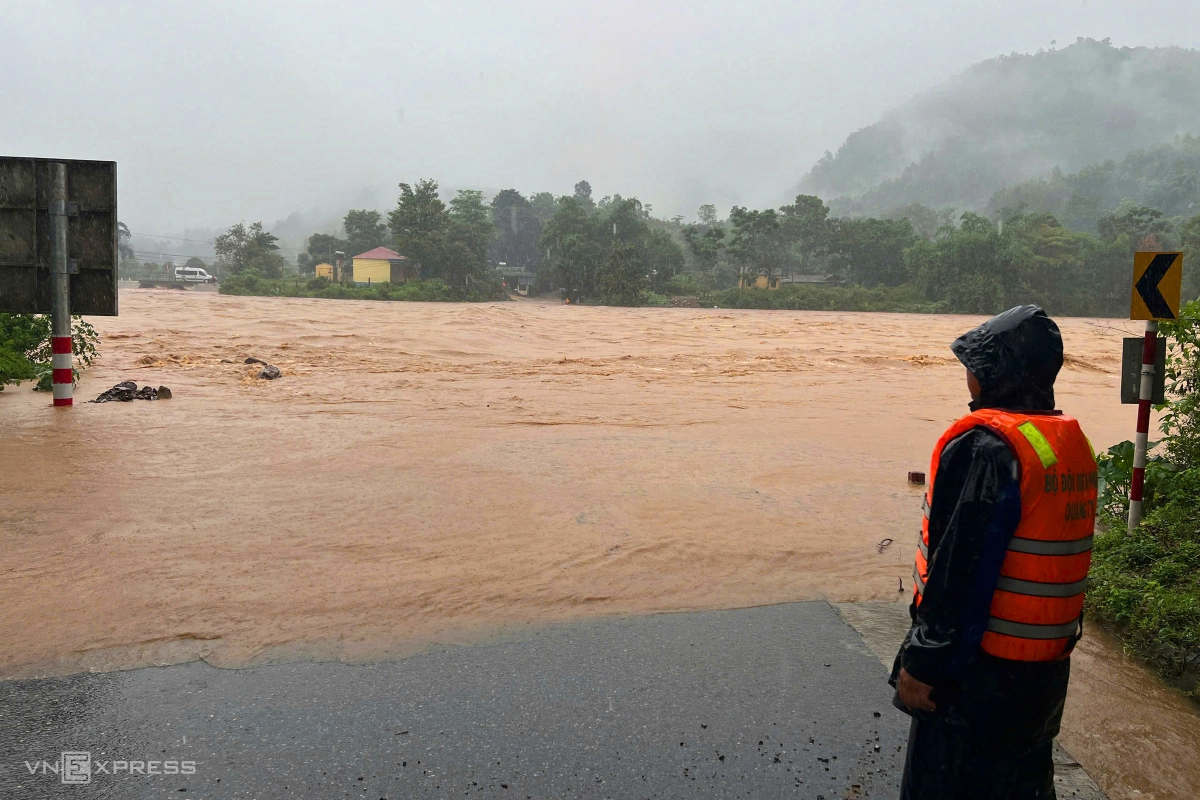 1 分
1 分 Storm Wutip triggers floods, landslides, and crop losses across central Vietnam
ソース: TODAII2025-06-15 07:31:07
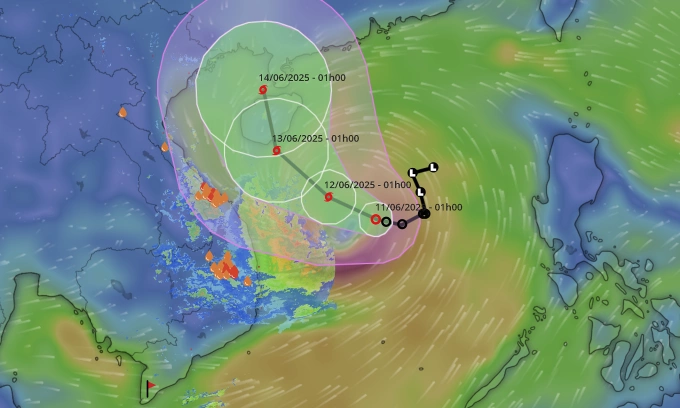 1 分
1 分 Tropical depression intensifies into storm, to bring heavy rain to central Vietnam
ソース: TODAII2025-06-15 07:31:00
 1 分
1 分 Indian man caught smuggling 100 exotic animals from Thailand
ソース: TODAII2025-06-13 19:32:30
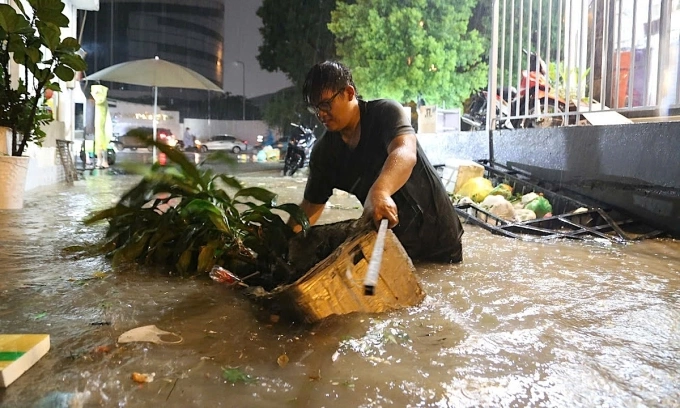 1 分
1 分 Ho Chi Minh City streets under nearly a meter of water after heavy rain
ソース: TODAII2025-06-13 19:30:49
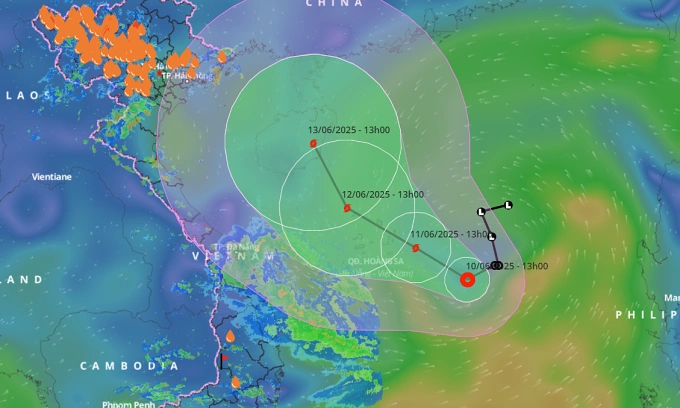 1 分
1 分 Tropical depression forms off Vietnam, storm expected within 48 hours
ソース: TODAII2025-06-12 07:30:56
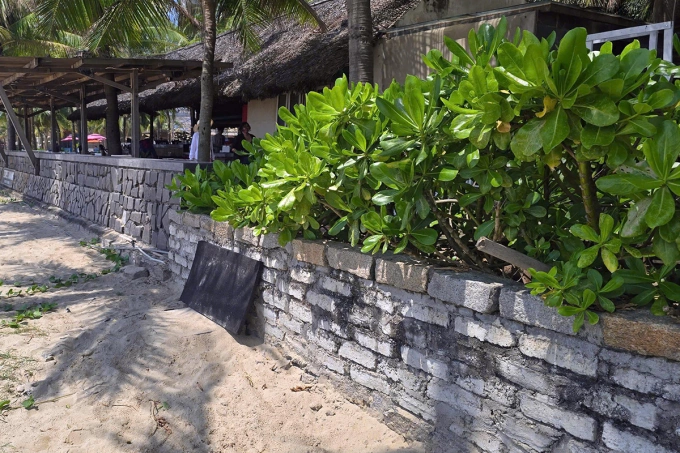 1 分
1 分 Luxury beach resort in Da Nang fined for dumping sewage into ocean
ソース: TODAII2025-06-12 07:30:50
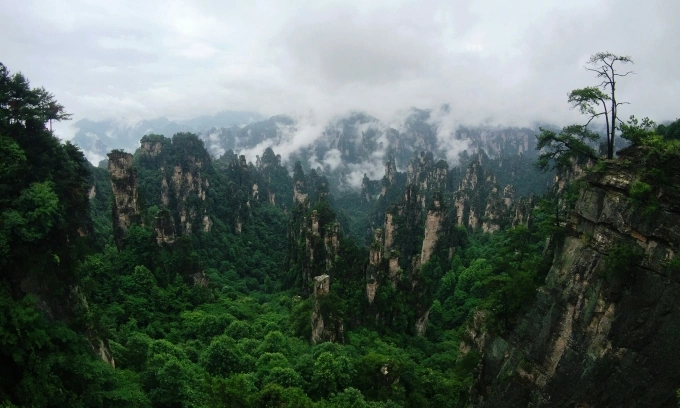 1 分
1 分 China clears 50 tons of trash from 'Avatar'-inspired fairyland cave site
ソース: TODAII2025-06-11 07:31:01
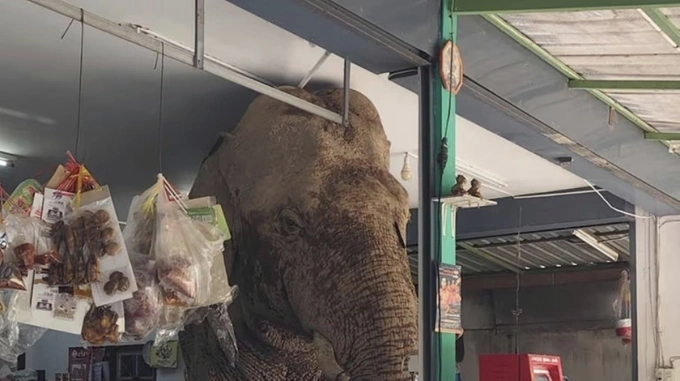 1 分
1 分 Hungry wild elephant raids grocery store in Thailand for snacks
ソース: TODAII2025-06-06 07:31:16
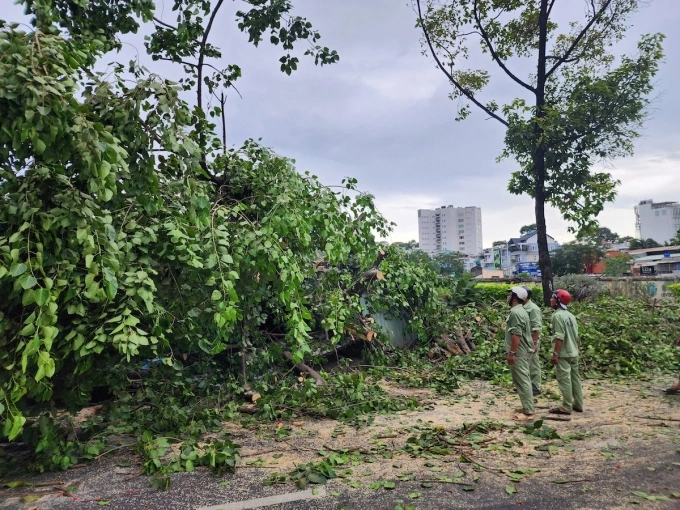 1 分
1 分 Violent gales slam Ho Chi Minh City, toppling crane, uprooting trees
ソース: TODAII2025-06-01 19:30:47
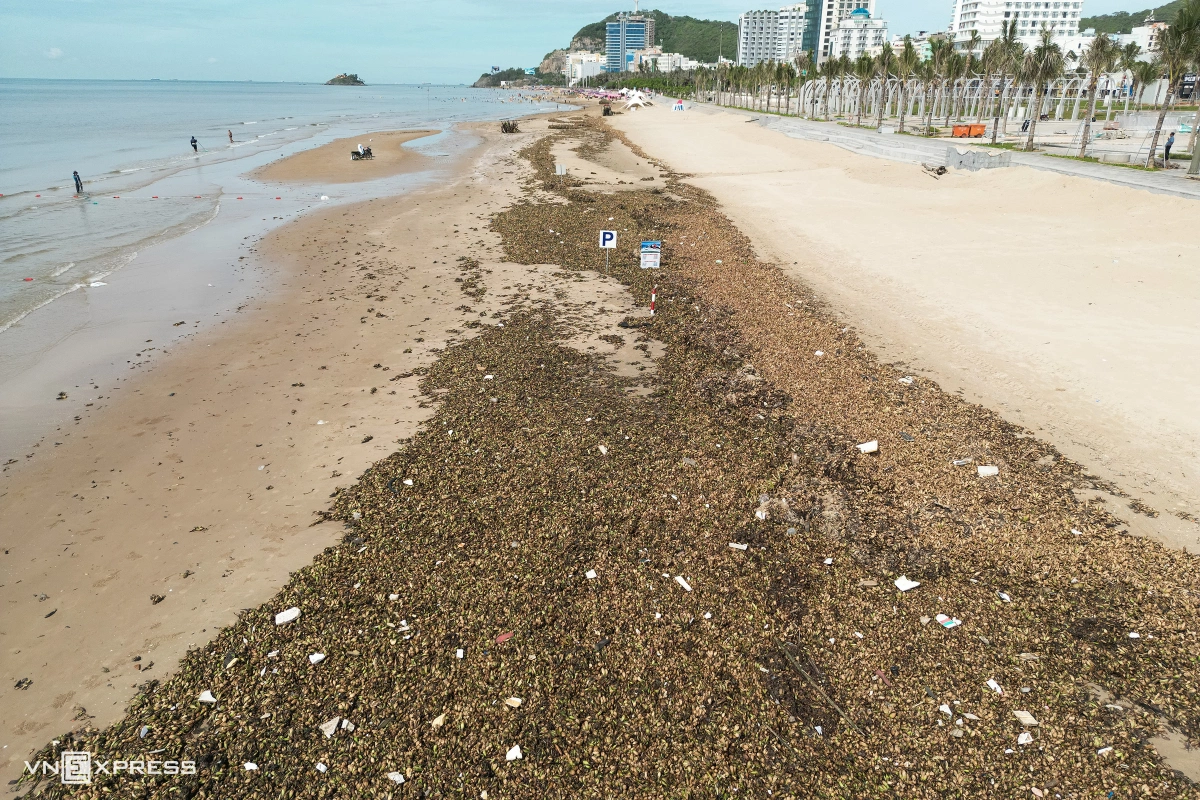 2 分
2 分 Vietnam beach plagued by tons of trash, water hyacinths
ソース: TODAII2025-05-30 07:32:24
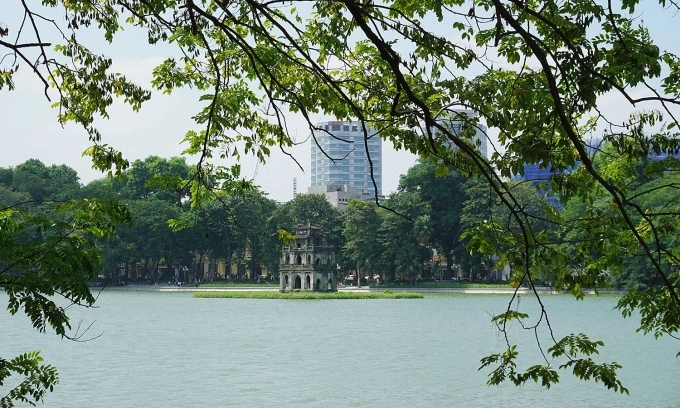 1 分
1 分 Hanoi shivers as rare cold snap chills northern Vietnam in summer
ソース: CNN2025-05-26 19:31:02
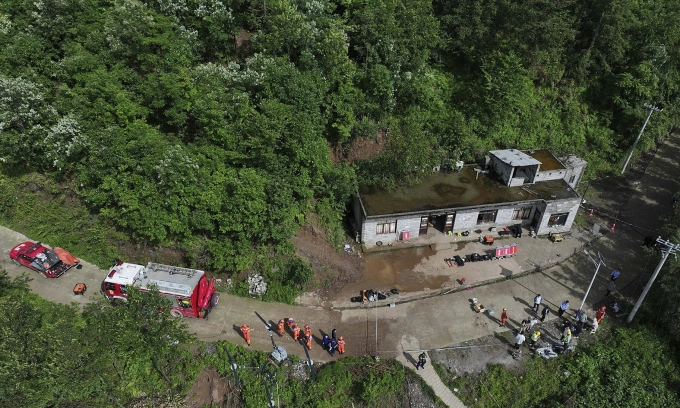 1 分
1 分 4 dead, 17 trapped in landslides in China
ソース: TODAII2025-05-26 19:30:57
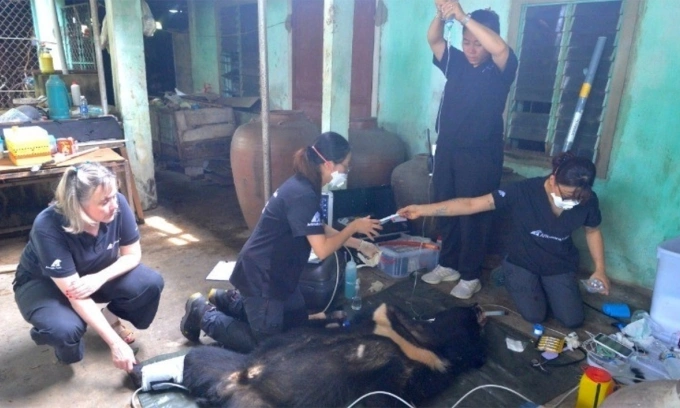 1 分
1 分 Captive Asian black bear transferred to rescue center in central Vietnam
ソース: TODAII2025-05-24 19:31:00
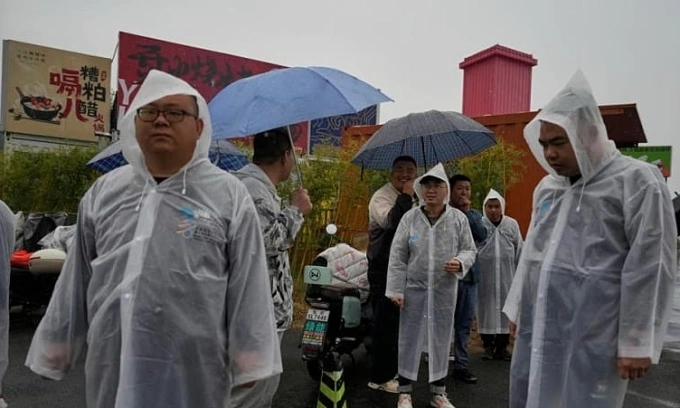 1 分
1 分 Heavy rains kill 6 in China's south, disaster alerts issued
ソース: TODAII2025-05-22 07:32:06
 1 分
1 分 Rare sighting of dozens of dolphins stuns visitors at Vietnam resort city
ソース: TODAII2025-05-22 07:31:10
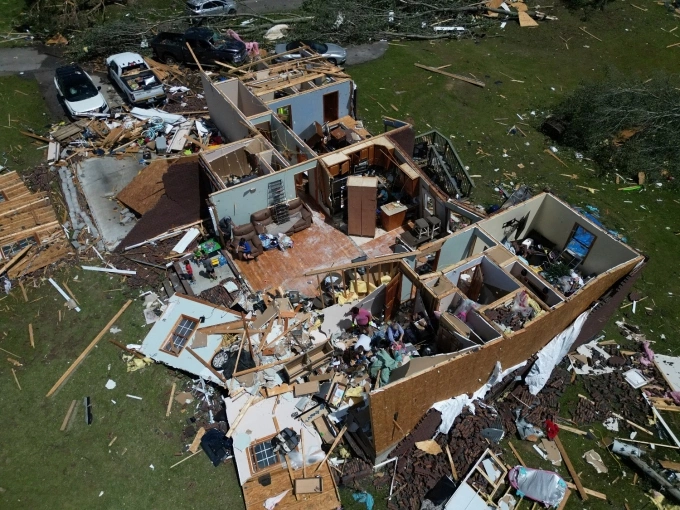 1 分
1 分 Severe weather leaves at least 27 dead in US
ソース: TODAII2025-05-20 07:30:55
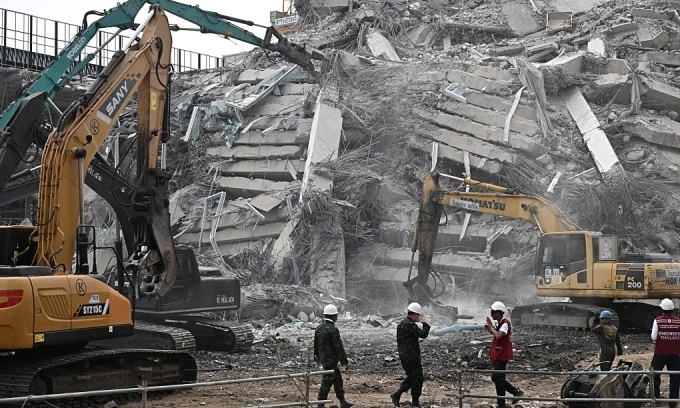 1 分
1 分 17 wanted in Thailand for involvement in deadly building collapse after earthquake
ソース: TODAII2025-05-20 07:30:49
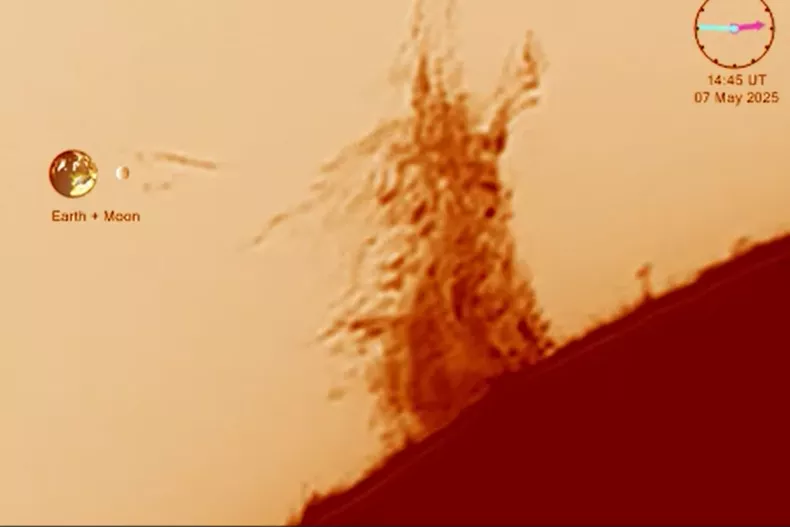 1 分
1 分 Solar Tornado Big Enough to Swallow Earth Seen on 'Quiet' Sun
ソース: NW2025-05-17 07:31:17
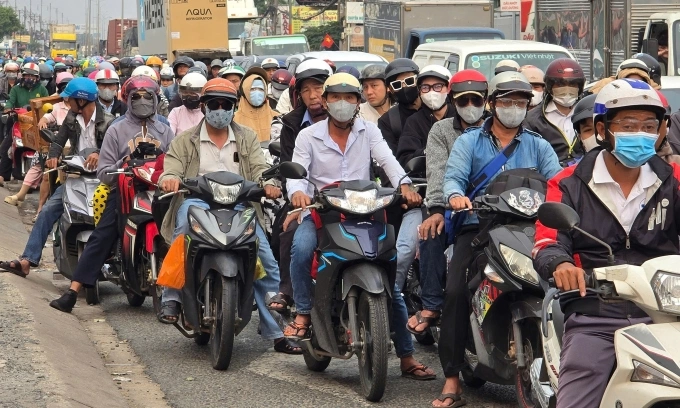 1 分
1 分 Hanoi, Ho Chi Minh City to start enforcing motorbike emission rules in 2027
ソース: TODAII2025-05-15 07:30:42










